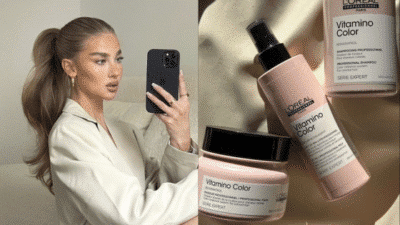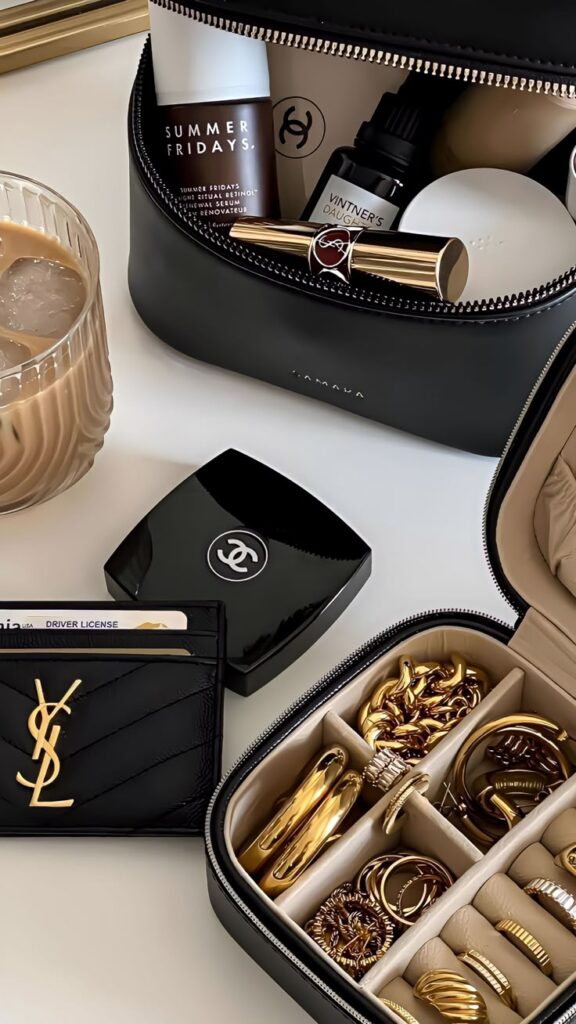
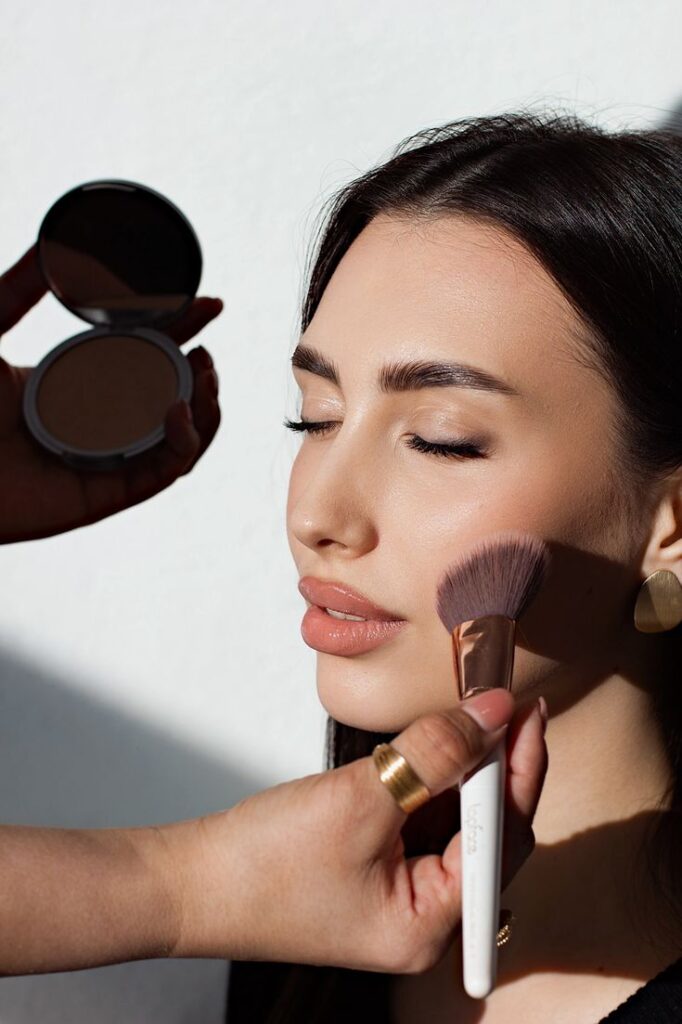
Makeup is a tool that anyone can use to highlight their features and feel confident. It can be simple or detailed, depending on what someone wants to achieve. Whether for everyday wear or special events, makeup offers a way to express personality and style.
Understanding the basics makes applying makeup easier and more effective. Everyone has different skin types and preferences, so choosing the right products and techniques is important. This helps create looks that suit different occasions and times of day.
Learning about makeup can help anyone improve their skills and enjoy the process. With the right knowledge, makeup becomes a fun, creative part of self-care.
Key Takeaways
- Basic knowledge helps create effective makeup looks.
- Different skin types need tailored products and methods.
- Makeup skills improve with practice and understanding.
Makeup Basics
Makeup includes various products, tools, and skin care steps. Each part helps create a smooth and lasting finish. Knowing what makeup items to use, what tools are needed, and how to prepare the skin is key to good results.
Types of Makeup Products
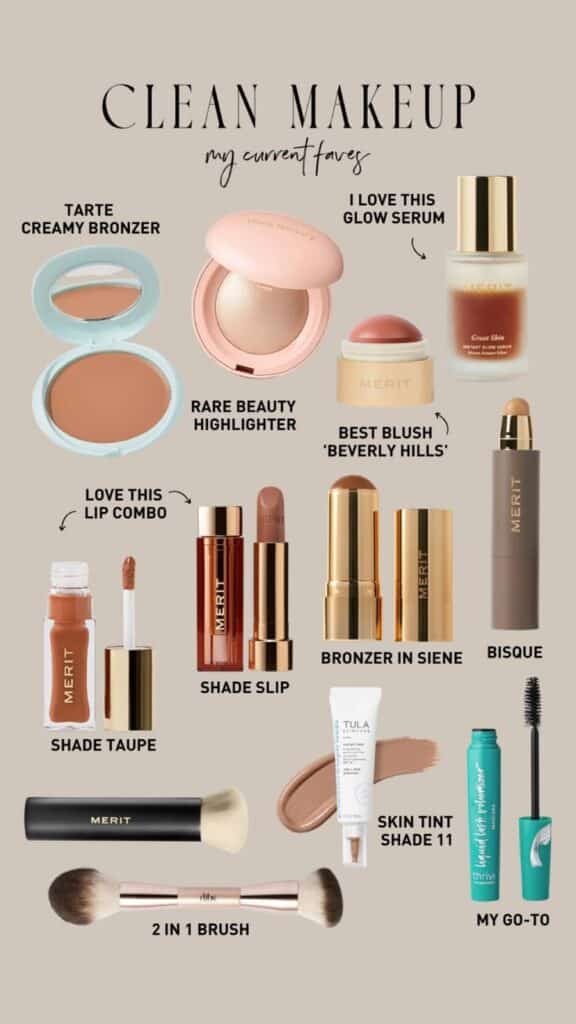
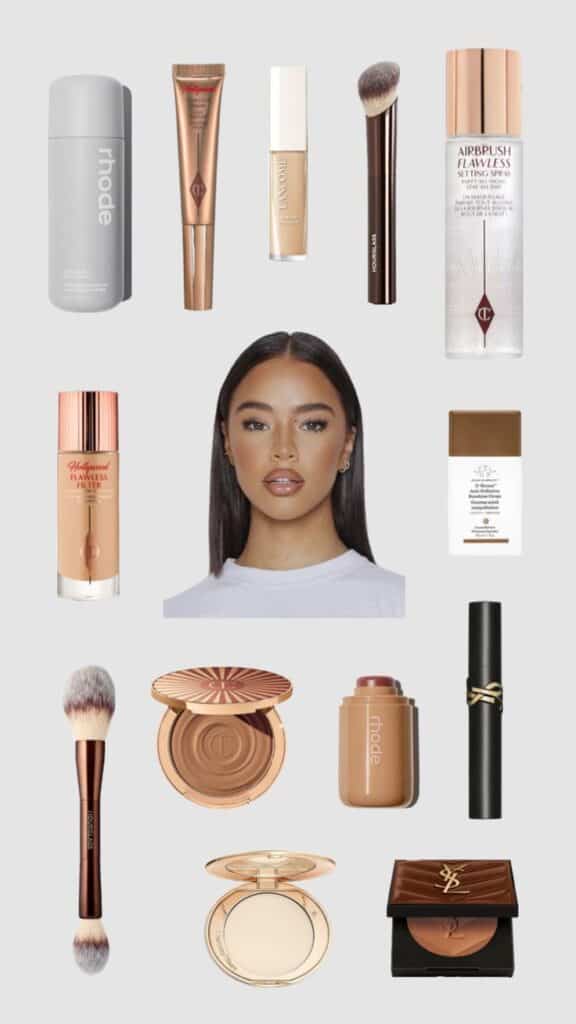
Common makeup products include foundation, concealer, powder, blush, eyeshadow, eyeliner, mascara, and lipstick.
- Foundation evens out skin tone and hides flaws.
- Concealer targets specific spots like blemishes or under-eye circles.
- Powder sets the foundation to reduce shine.
- Blush adds color to the cheeks.
- Eyeshadow creates color and depth on the eyelids.
- Eyeliner defines the eyes.
- Mascara darkens and lengthens eyelashes.
- Lipstick provides color and texture to the lips.
Each product has different formulas like liquid, cream, or powder. Choosing the right product depends on skin type, coverage needs, and personal style.
Essential Tools and Accessories
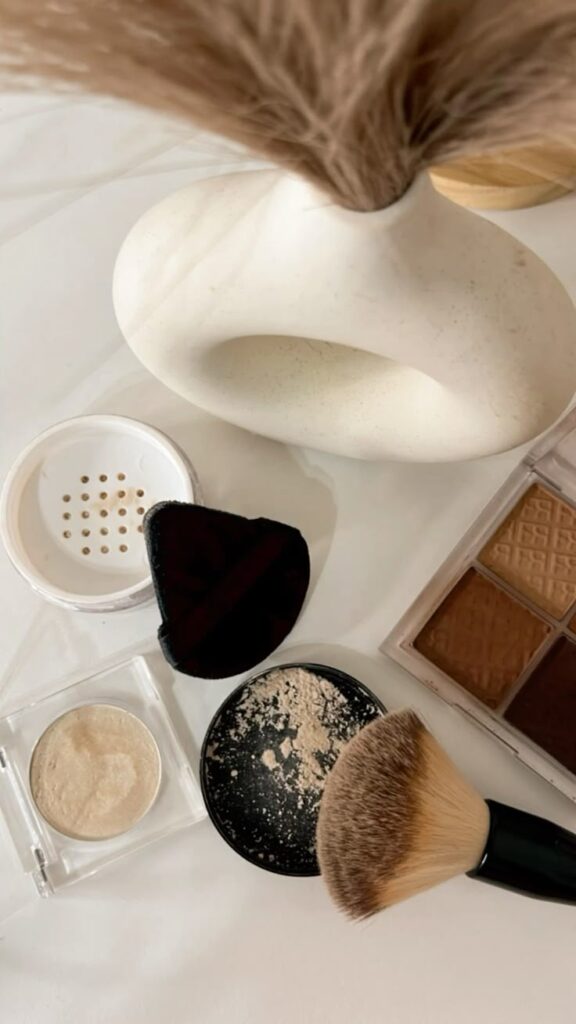
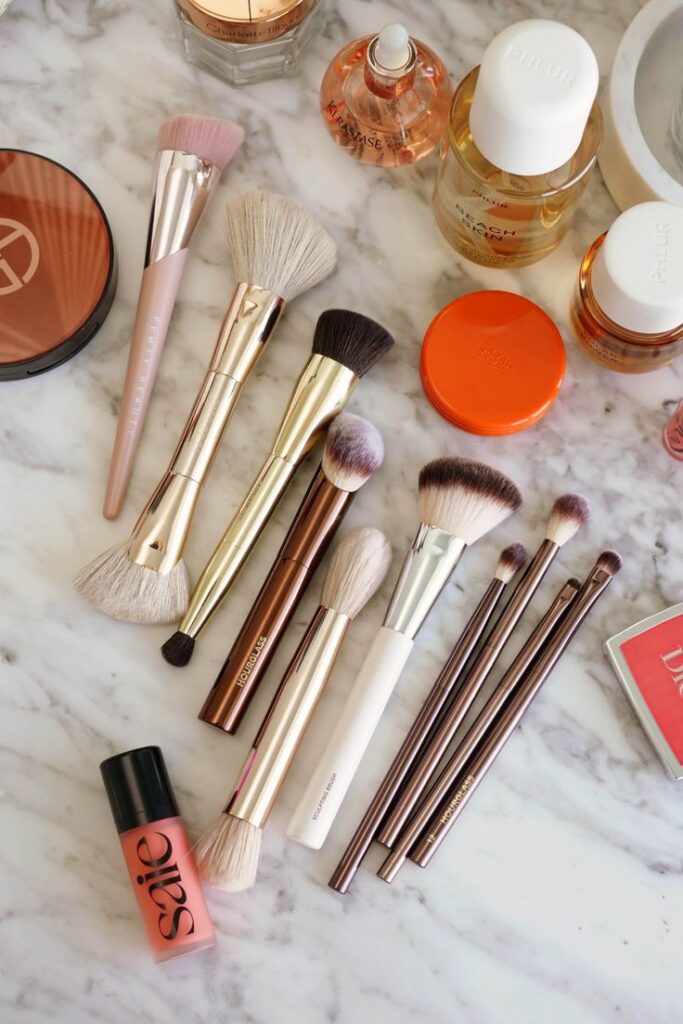
Makeup tools help apply products evenly and smoothly. Important tools include:
- Brushes: Different sizes and shapes for foundation, eyeshadow, and blush.
- Sponges: Good for blending foundation and concealer.
- Eyelash curlers: Lift and curl lashes before applying mascara.
- Tweezers: Shape eyebrows by removing stray hairs.
- Makeup remover wipes or cotton pads: Clean makeup mistakes or remove product at the end of the day.
Quality tools make application easier and improve the final look. Cleaning these tools regularly is important to avoid skin problems.
Skin Preparation for Makeup
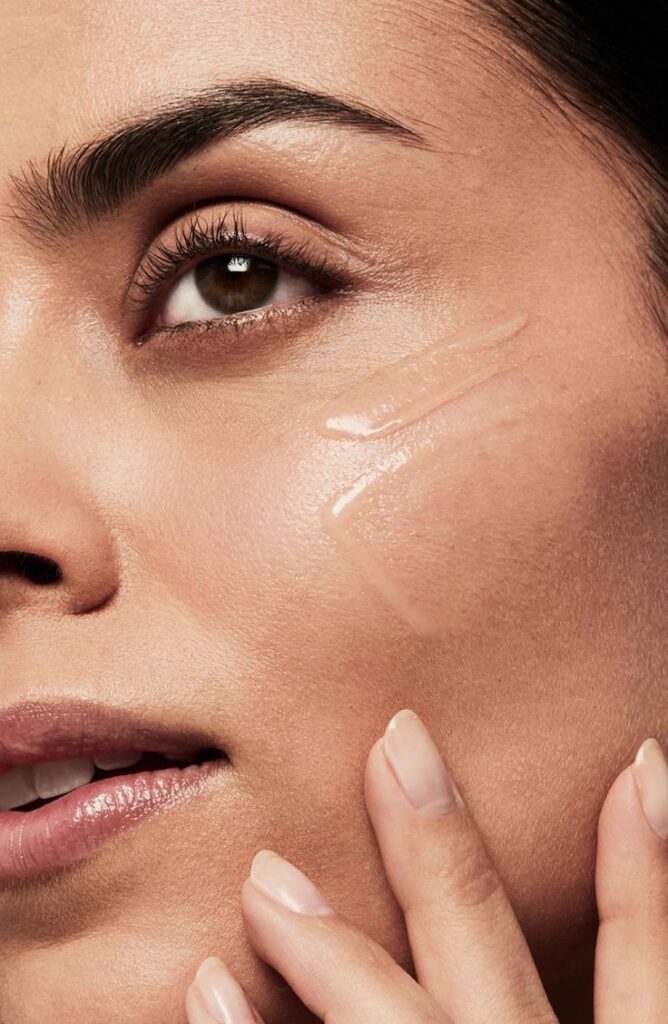
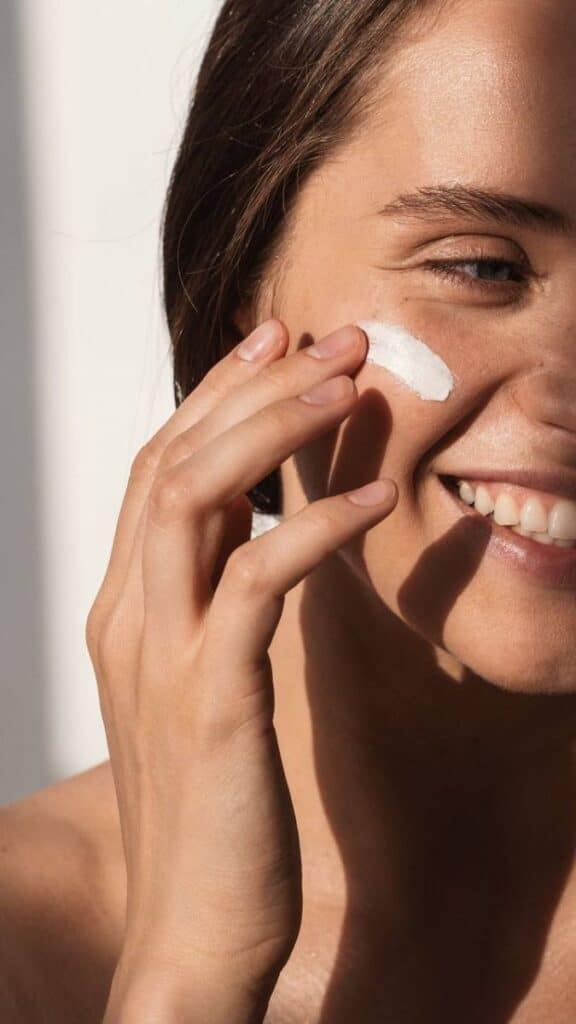
Preparing the skin helps makeup last longer and look better. The steps usually include:
- Cleansing: Wash the face to remove dirt and oil.
- Moisturizing: Apply lotion to hydrate dry skin or balance oily skin.
- Priming: Use a primer to smooth skin texture and create a base.
Proper skin care before makeup prevents dryness and patchiness. It also helps products stick to the skin evenly without caking or fading quickly.
Step-by-Step Application Techniques
Makeup application requires attention to detail and a steady hand. Each part of the face needs different tools and methods to achieve a polished look. Using the right techniques helps makeup last longer and appear more natural.
Foundation and Concealer Application
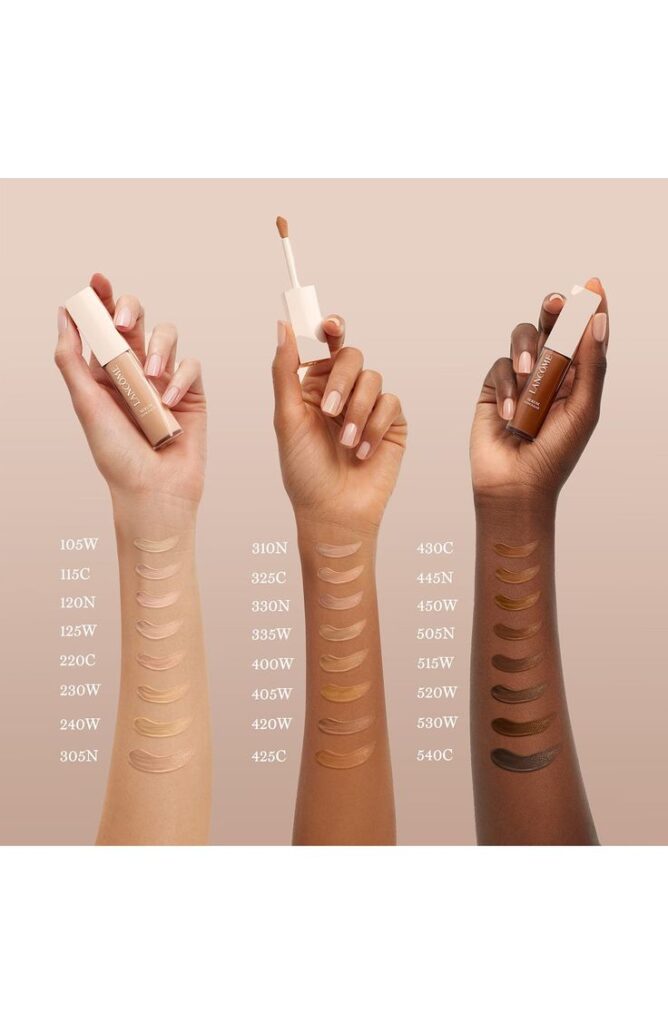
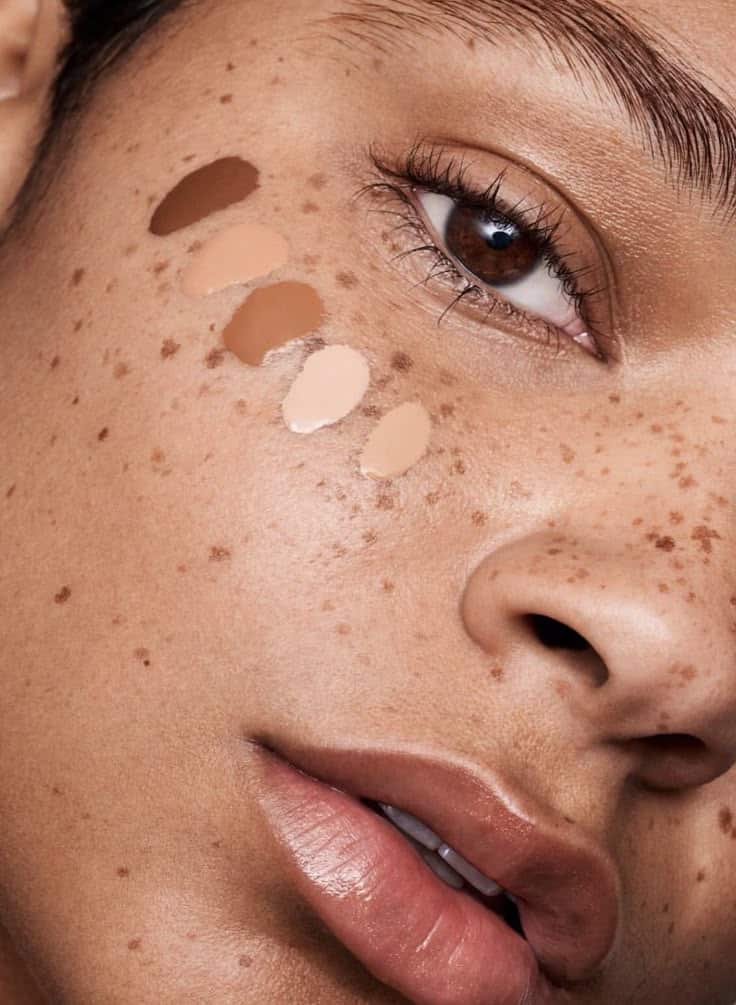
First, the skin should be clean and moisturized before starting. The foundation is applied in small dots on the forehead, cheeks, nose, and chin. It can be blended using a brush, sponge, or fingertips, moving outward to avoid harsh lines.
Concealer is used after foundation to cover blemishes or dark circles. It should be slightly lighter than the skin tone and dabbed gently over problem areas. Blending should be done softly to keep the finish seamless.
Using a setting powder or spray afterward can help the foundation and concealer stay in place throughout the day.
Eye Makeup Techniques
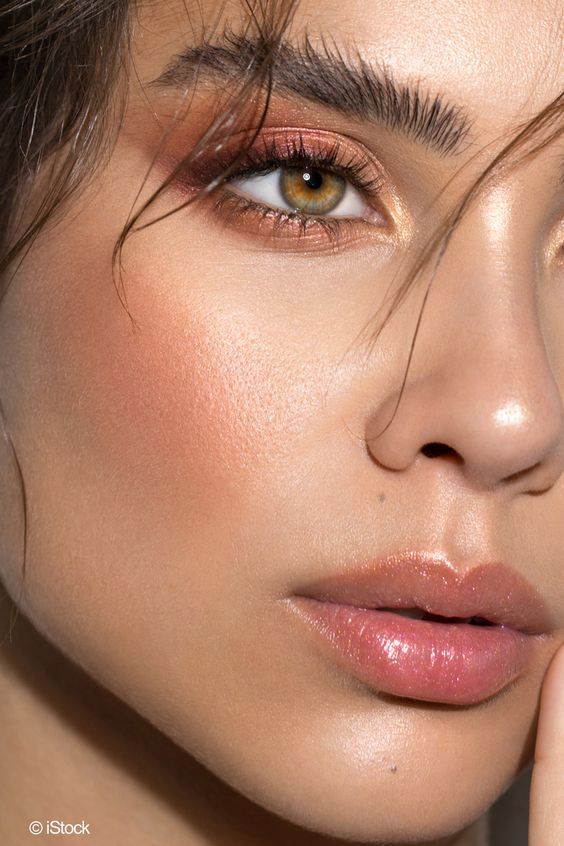

Eyelids should be primed with an eye primer or light concealer to create a smooth base. Eyeshadow is applied by starting with a light shade over the entire lid, then adding darker shades to the crease for depth. Brushes or fingers can be used for blending.
Eyeliner can be applied along the lash line to add definition. Liquid liners create sharp lines, while pencil liners give a softer look. For a natural effect, the liner should be thin and close to the lashes.
Mascara is applied to the upper and lower lashes to open the eyes. A few coats are enough to avoid clumping. Wiggling the wand at the base helps separate lashes.
Lip Makeup Methods

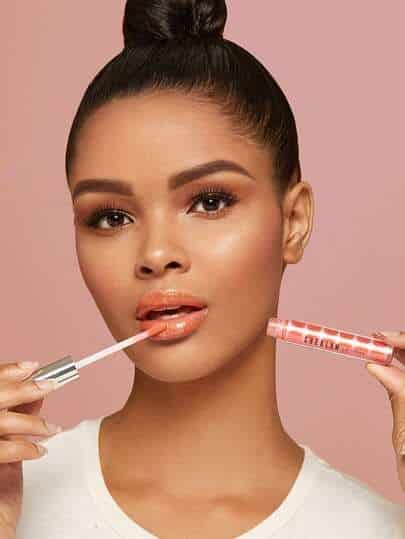
Lips should be exfoliated gently to remove dry skin and then moisturized. Lip liner is used to outline and define the shape, making lipstick application neater.
Lipstick is applied starting from the center and moving outward. Using a brush can give better control. For longer wear, applying lipstick, blotting with tissue, and adding another layer works well.
Gloss can be added on top to give shine, but too much may cause smudging. Choosing colors that suit the skin tone and occasion is important.
Makeup for Different Skin Types
Different skin types need specific makeup products and techniques. Choosing the right items can help makeup last longer and look better throughout the day.
Oily Skin Makeup Tips
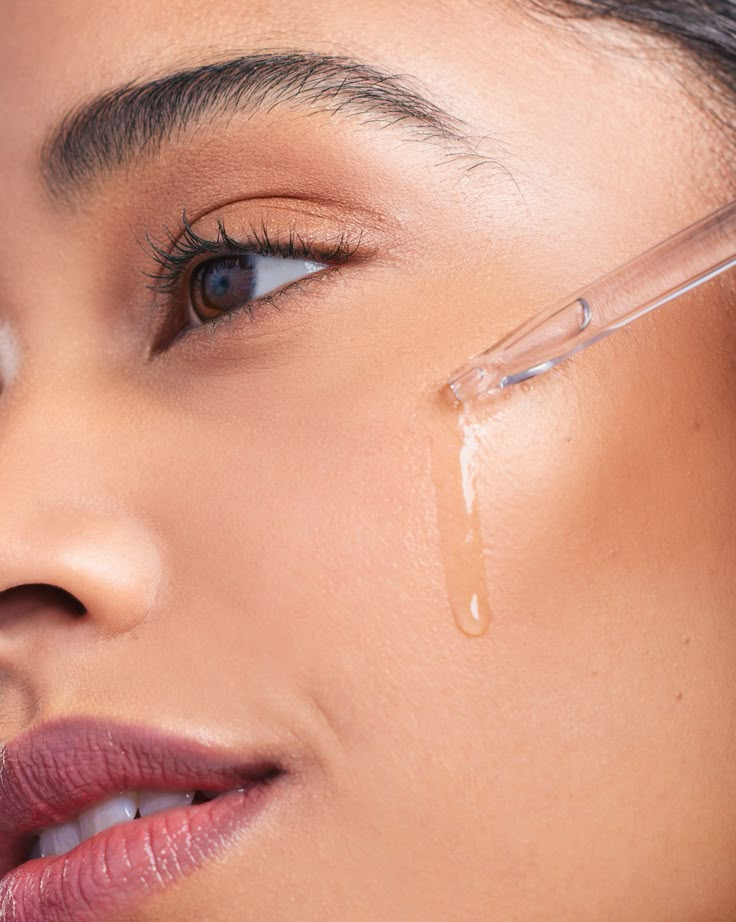
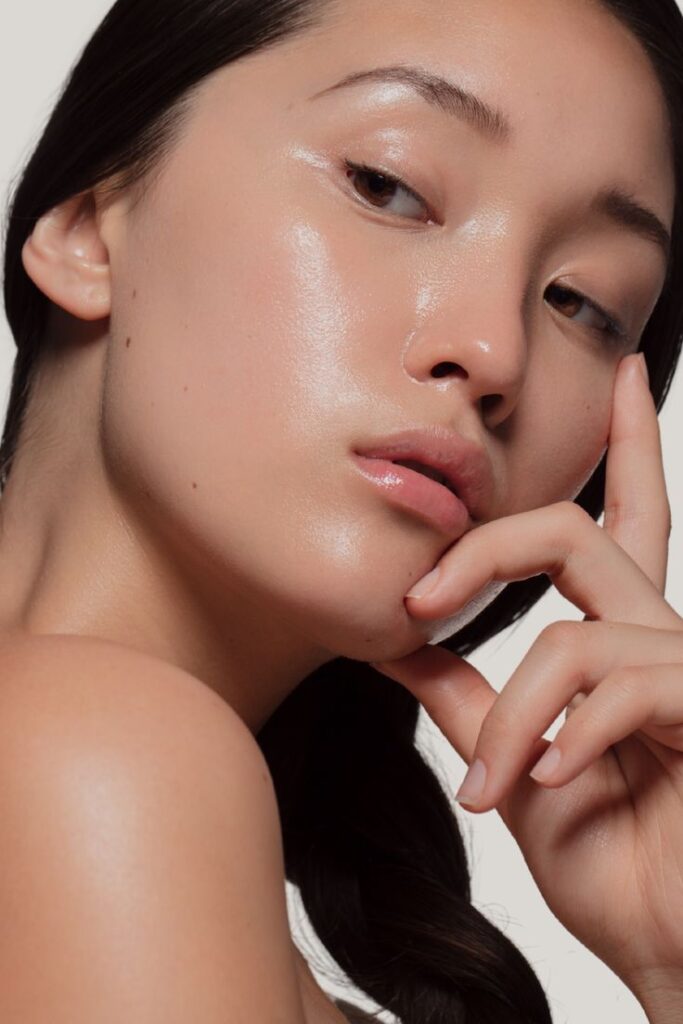
For oily skin, mattifying primers are important. They help control shine and keep makeup in place. Lightweight foundations with oil-free formulas prevent clogged pores.
Blotting papers can absorb excess oil without ruining makeup. Setting powder with a matte finish locks makeup and reduces shine. Avoid heavy creams that can add extra oil to the skin.
Using a setting spray designed for oily skin can provide extra hold. It helps makeup stay fresh and reduces the need for frequent touch-ups.
Dry Skin Makeup Techniques
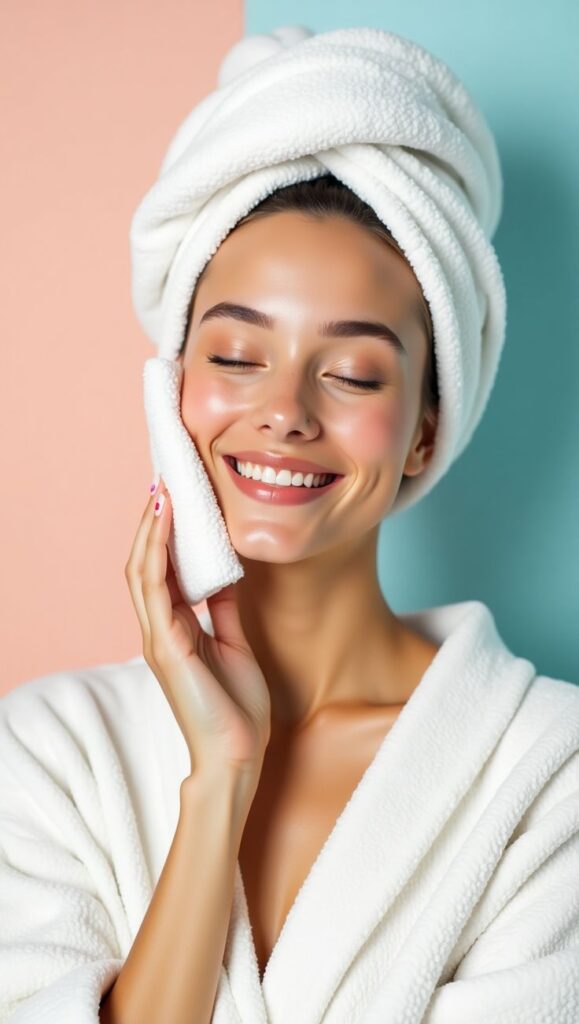
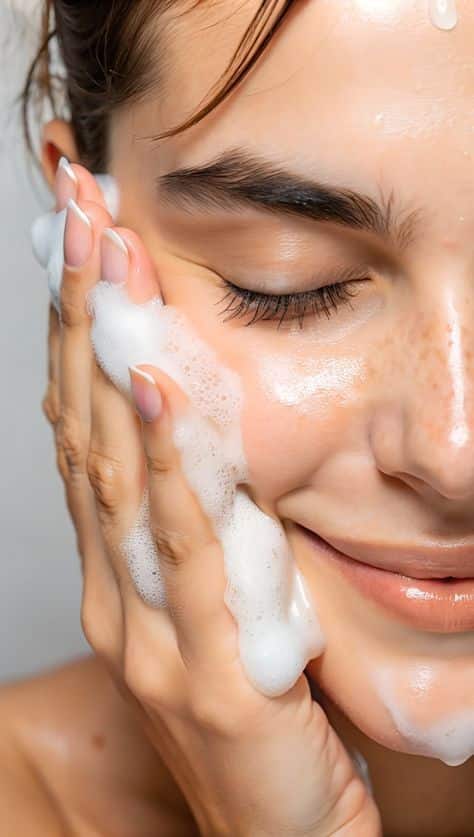
Hydrating primers and moisturizers are key for dry skin. They create a smooth base for foundation. Look for foundations labeled as moisturizing or dewy to keep skin looking fresh.
Avoid matte powders, as they can make dry skin look flaky. Instead, use a light dusting of translucent powder to set makeup. Cream blushes and highlighters add a healthy glow without dryness.
Applying makeup with a damp sponge helps blend products smoothly and prevents patchiness. Using gentle exfoliation regularly also improves skin texture for better makeup application.
Sensitive Skin Makeup Solutions
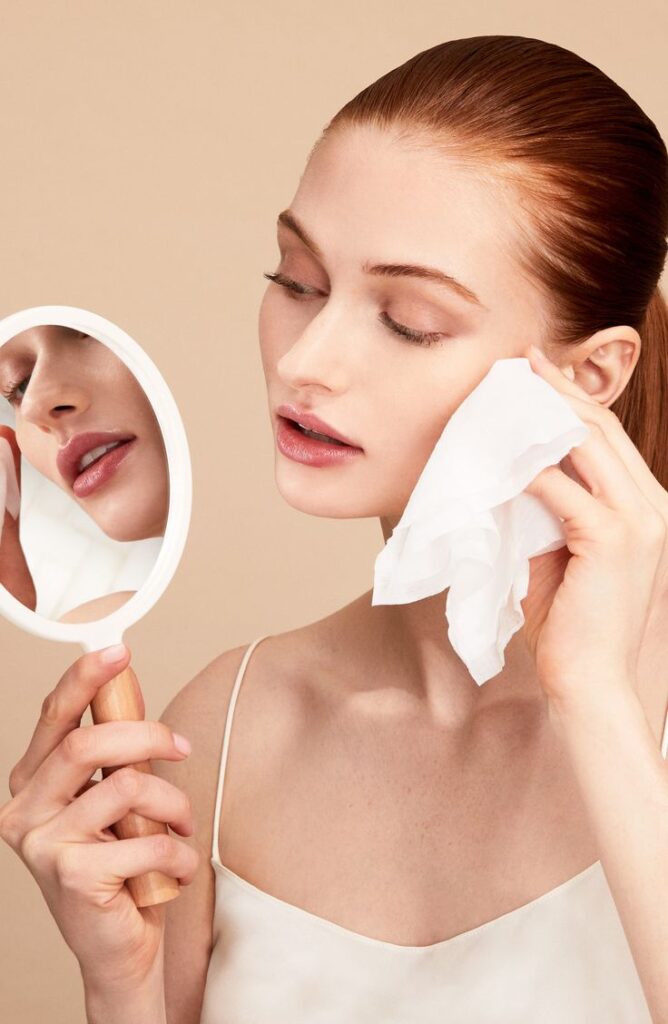
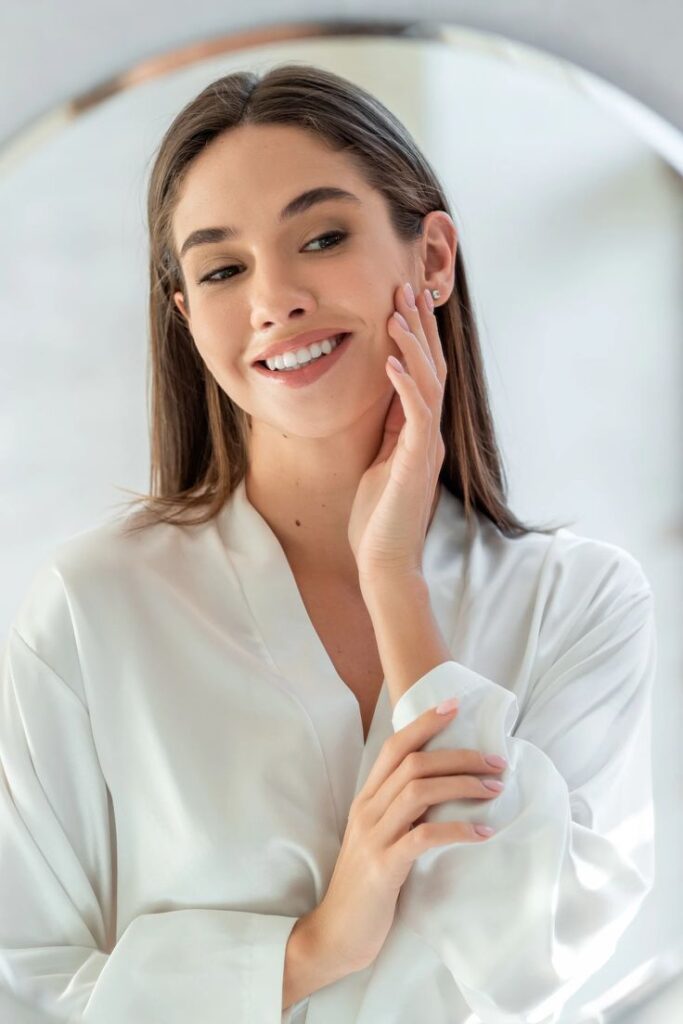
Sensitive skin needs gentle, hypoallergenic products to avoid irritation. Mineral makeup is often recommended because it contains fewer chemicals. Fragrance-free formulas reduce the risk of allergic reactions.
Always do a patch test before trying new products. Lightweight, non-comedogenic foundations help prevent breakouts. Using products labeled for sensitive skin supports comfort and skin health.
Makeup removers should be gentle and avoid harsh rubbing. Micellar water or oil-based cleansers designed for sensitive skin effectively remove makeup without irritation.
Daytime and Evening Makeup Looks
Makeup for daytime focuses on enhancing natural features with light, fresh colors and minimal products. Evening makeup often uses bold colors and stronger lines to create a more dramatic, eye-catching effect.
Natural Daytime Looks
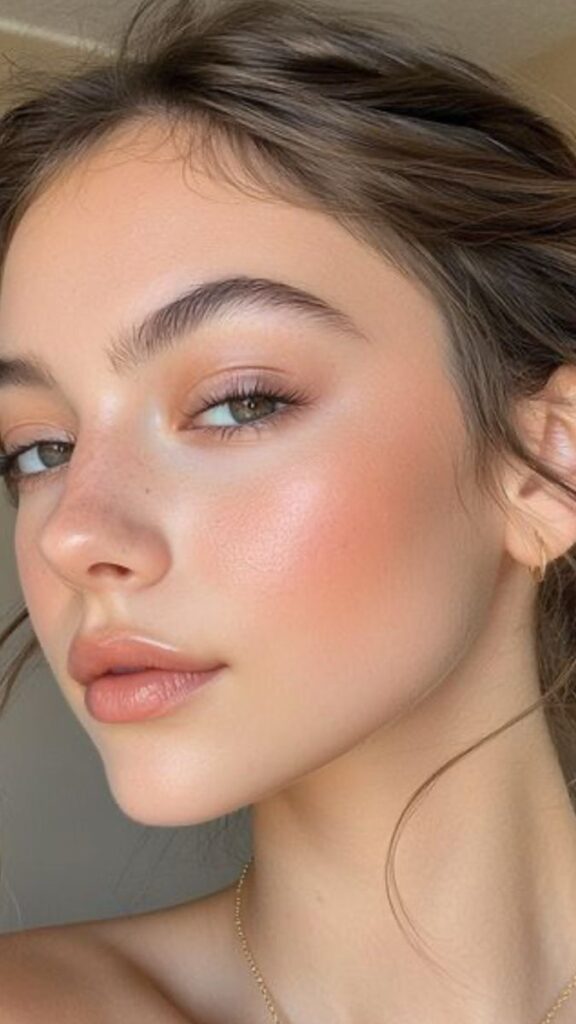
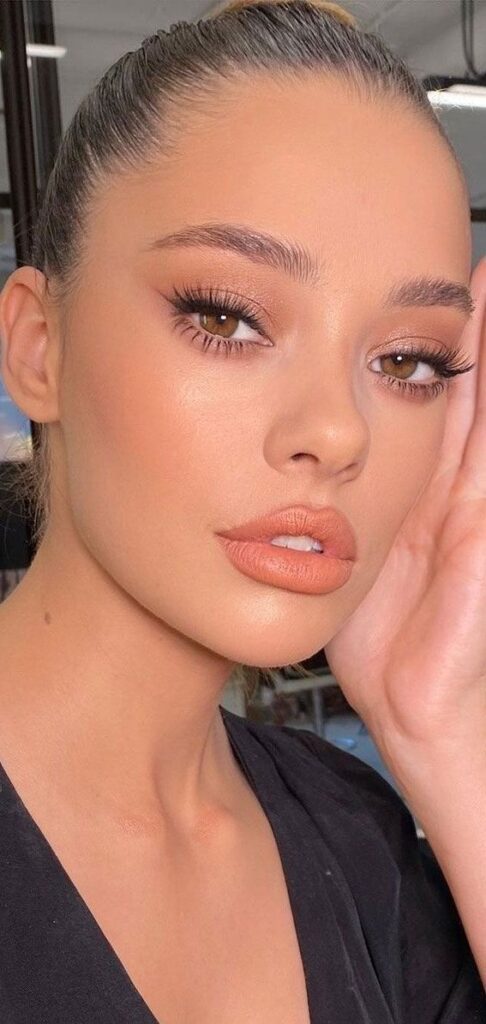
Natural daytime makeup aims for a clean and simple appearance. Light foundation or tinted moisturizer is used to even out skin tone without looking heavy. A touch of concealer can cover dark circles or blemishes.
For eyes, neutral eyeshadows in soft browns or beige work well. Mascara is applied lightly to define lashes without clumping. Brows are groomed but not overly filled in.
Cheeks get a soft blush in pink or peach shades. Lips usually have a nude or light pink tint. The goal is to look polished but not overdone.
Glamorous Evening Styles
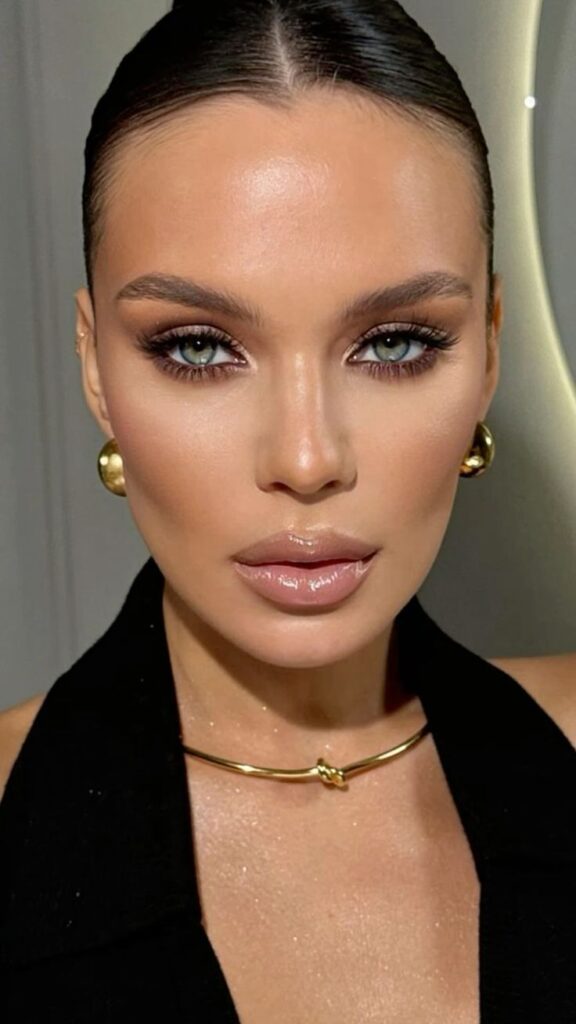
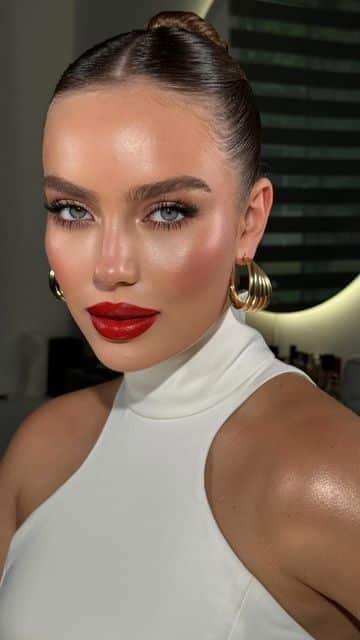
Evening makeup is about standing out with deeper colors and more defined shapes. A fuller coverage foundation or contouring might be used to give the face dimension.
Eyes are the main focus. Smokey eyes with dark shadows like black, navy, or deep browns create a dramatic look. Eyeliner is thicker and winged to accentuate shapes. False lashes or several layers of mascara add volume.
Lips can be bold with reds, plums, or berry shades. Highlighter on cheekbones and the nose adds glow. Evening looks often include more powder to reduce shine under bright lights.
Trends in Makeup
Makeup styles change based on the time of year and what people see online. Seasonal colors and products suit different weather and moods. Social media also plays a big role in shaping what looks become popular quickly.
Seasonal Makeup Trends
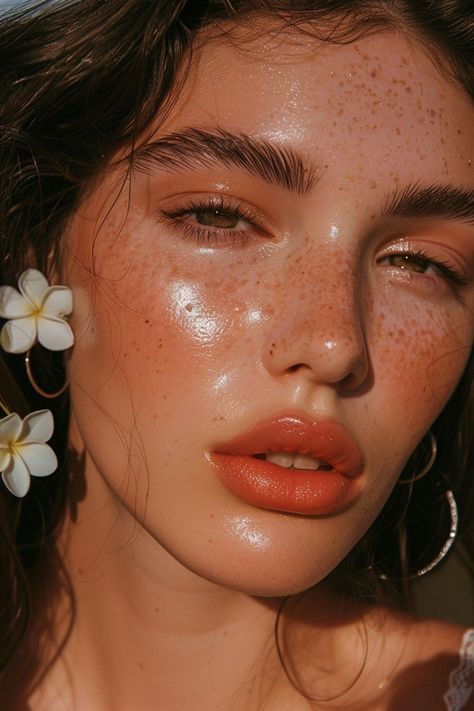
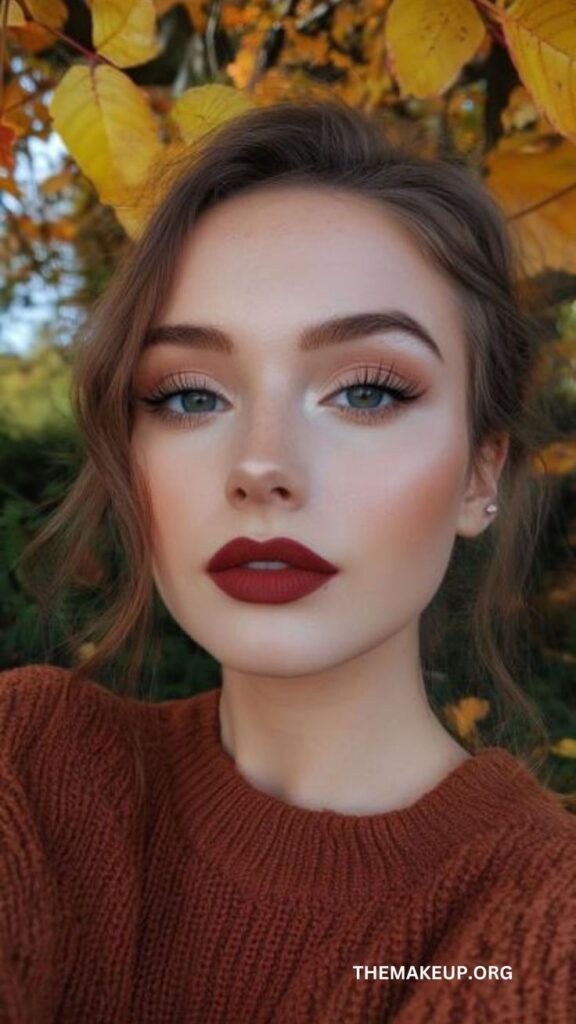
Spring and summer usually favor light, fresh looks with bright colors. People often choose pastel eyeshadows, coral lips, and dewy skin to match warmer weather. Sunscreen and tinted moisturizers are popular for a natural finish.
In fall and winter, darker tones like burgundy, deep plum, and bronze come back. Matte lipsticks and smoky eyes increase as people prefer bold, warm looks during colder months.
Skincare-infused makeup also rises in winter to protect dry skin. Foundation formulas with hydration and glow are common, helping skin look healthy despite cold air.
Influences from Social Media
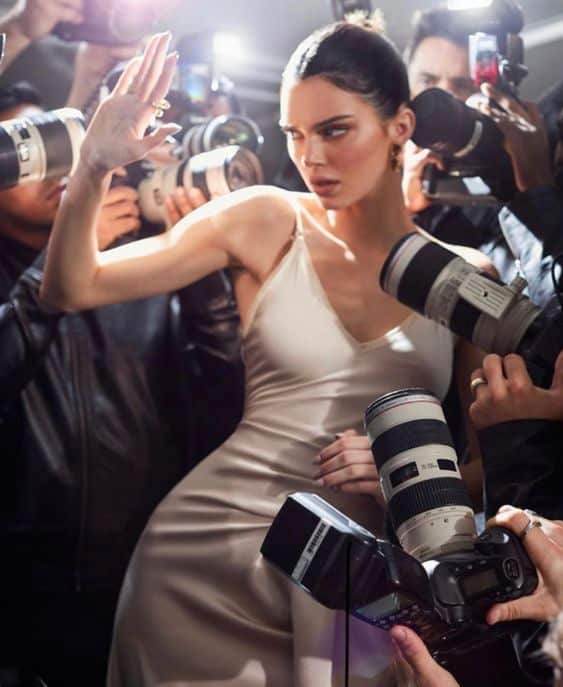

Platforms like Instagram and TikTok spread makeup trends fast. Influencers show new techniques, colors, and tools that get copied worldwide.
For example, “glass skin” from Korean beauty and “fox eye” looks became viral through short videos. Tutorials and product reviews on social media help users learn and decide what to try next.
Brands often launch products based on what trends are trending online. This keeps makeup fresh and connected to what users want now. Social media encourages mixing creativity with tips from professionals and amateurs alike.
Makeup for Special Occasions
Special occasion makeup needs to be long-lasting and tailored to the event’s setting. It often requires stronger colors, precise application, and techniques that enhance natural features without appearing heavy.
Bridal Makeup Ideas
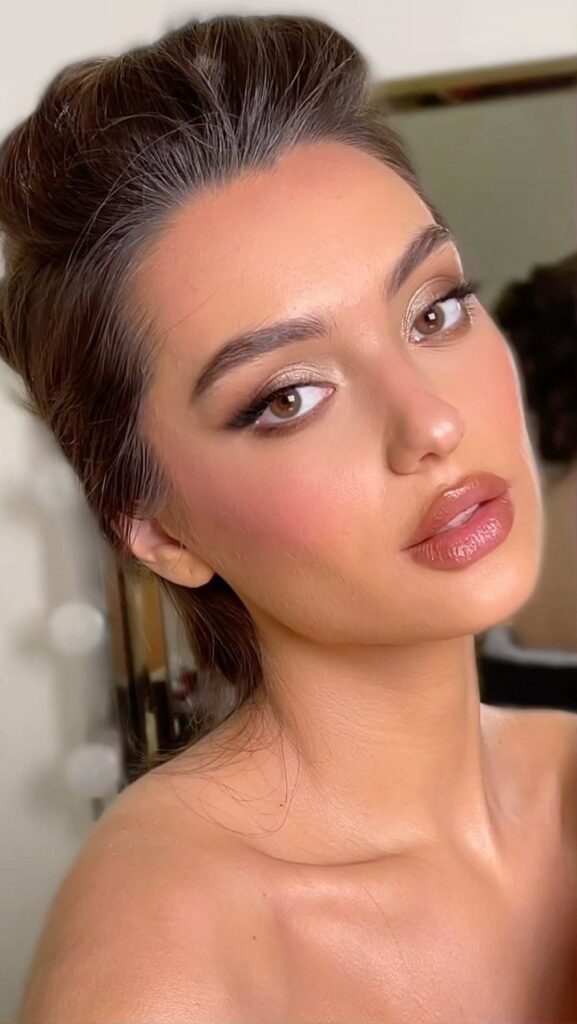
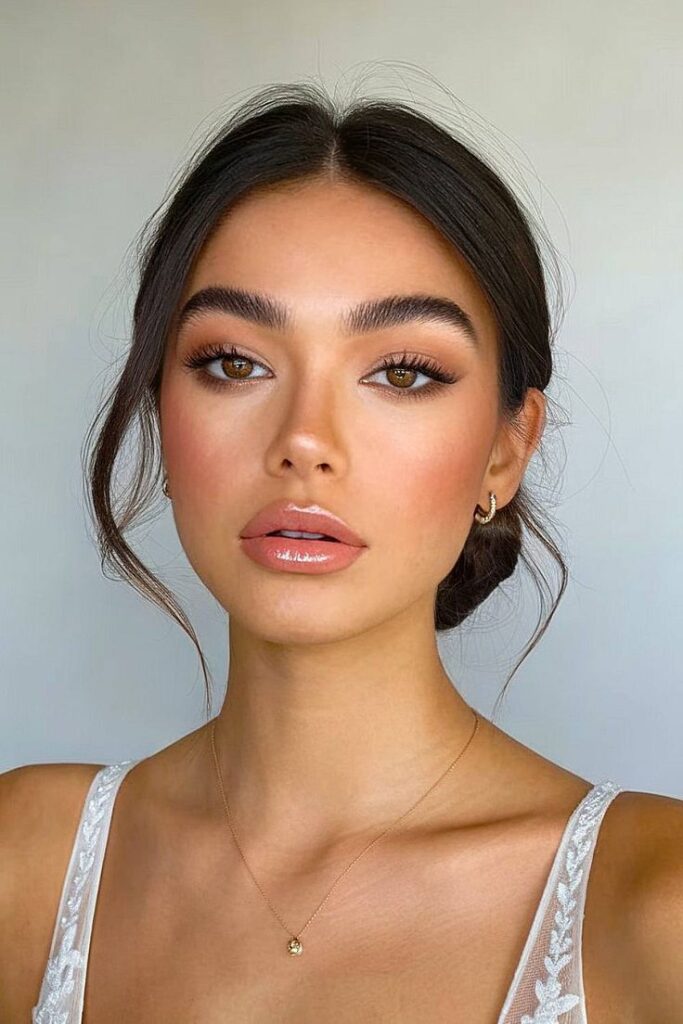
Bridal makeup focuses on creating a fresh and radiant look that lasts throughout the day. A primer helps keep the skin smooth and foundation in place. Soft, neutral tones on the eyes work well, with a touch of shimmer on the lids for a subtle glow.
Waterproof mascara and eyeliner are essential to avoid smudging, especially during emotional moments. Blush should add a natural flush, while lips need a shade that complements the bride’s skin tone and dress. A setting spray finishes the look.
Makeup for Photoshoots
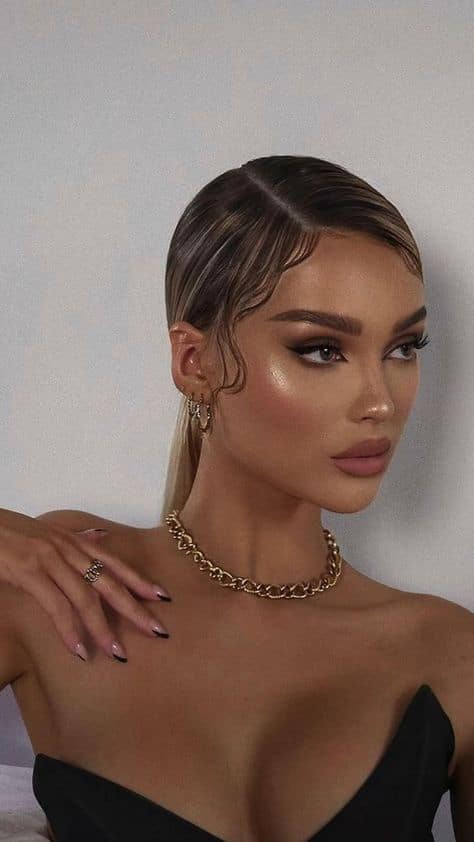
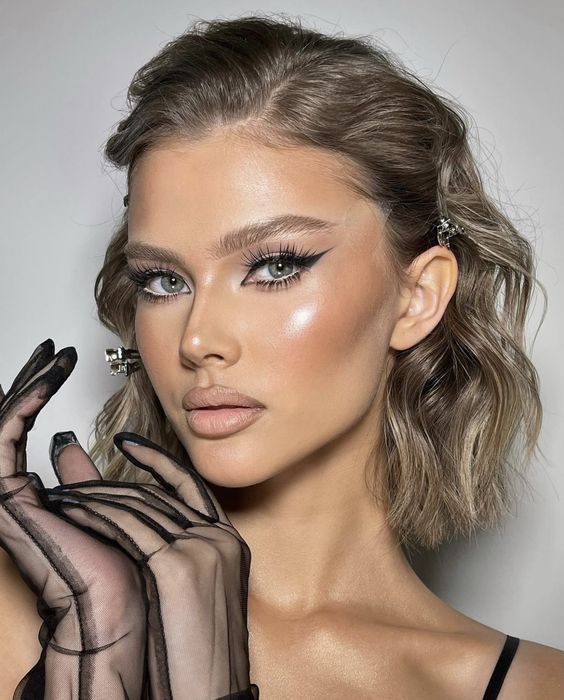
Makeup for photoshoots must appear flawless on camera and avoid shine. Matte foundations and powders help reduce glare under bright lighting. Contouring defines the face, enhancing the cheekbones and jawline.
Eyes need clear definition, but avoid heavy shimmer that can reflect too much light. False eyelashes or lash extensions add depth to the eyes. Lip colors should be bold enough to show up on camera but not overpower the face. Touch-ups during the shoot keep the look fresh.
Men’s Makeup
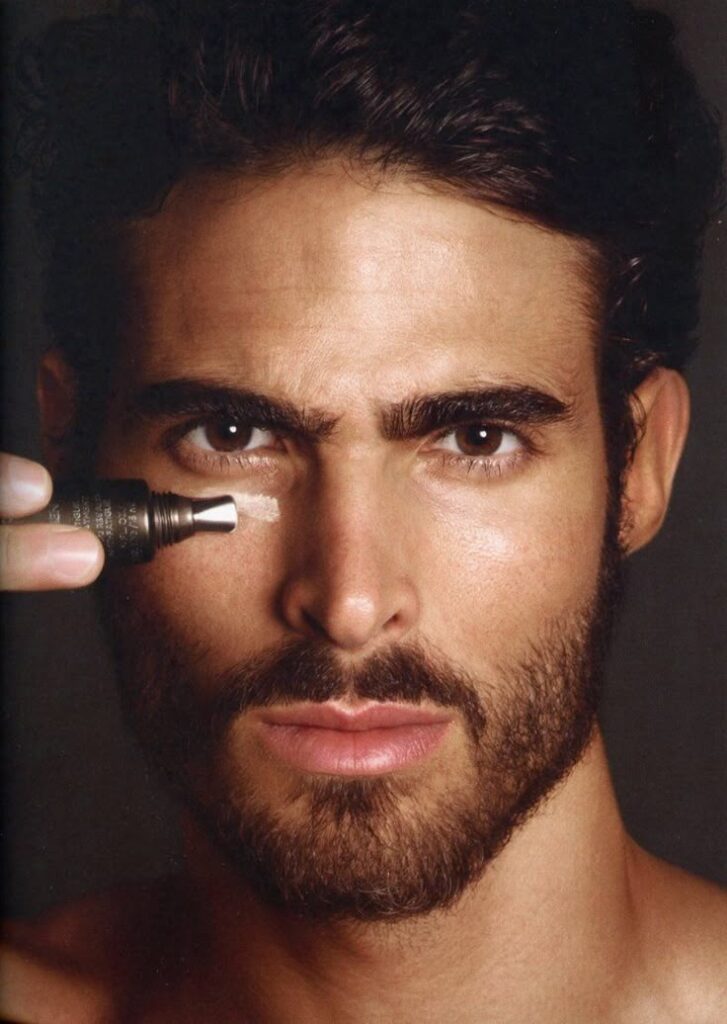
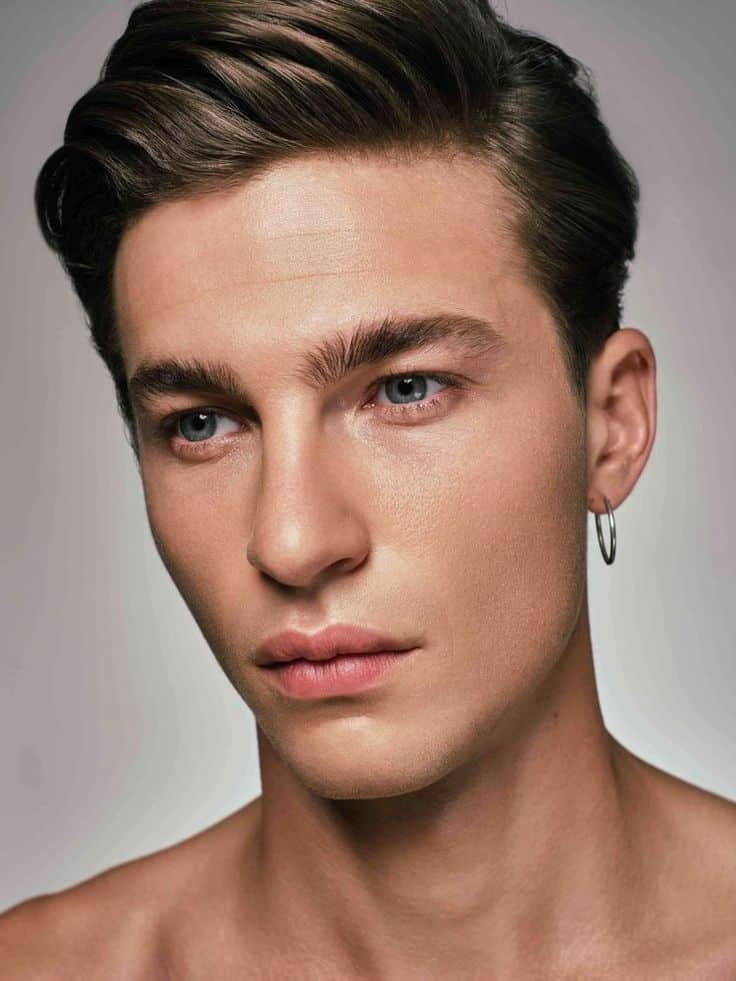
Men’s makeup has become more common and accepted in recent years. It helps men enhance their natural features or create a polished look for work, events, or everyday life.
Some popular products for men include tinted moisturizers, concealers, and brow gels. These items improve skin tone and cover imperfections without looking heavy.
Men often focus on a natural finish. For example, concealer hides dark circles, and brow gels shape the eyebrows for a neater appearance.
Many brands now offer makeup designed specifically for men. These products usually have lighter formulas and colors that suit men’s skin.
| Product Type | Purpose | Benefit |
|---|---|---|
| Tinted Moisturizer | Evens skin tone | Light and moisturizing |
| Concealer | Covers blemishes | Natural coverage |
| Brow Gel | Shapes eyebrows | Defined but natural look |
| Matte Foundation | Controls shine | Smooth, matte skin |
Men’s makeup can boost confidence by improving how one looks without drawing attention to the makeup itself. It is a practical way to care for appearance.
Makeup for Different Age Groups
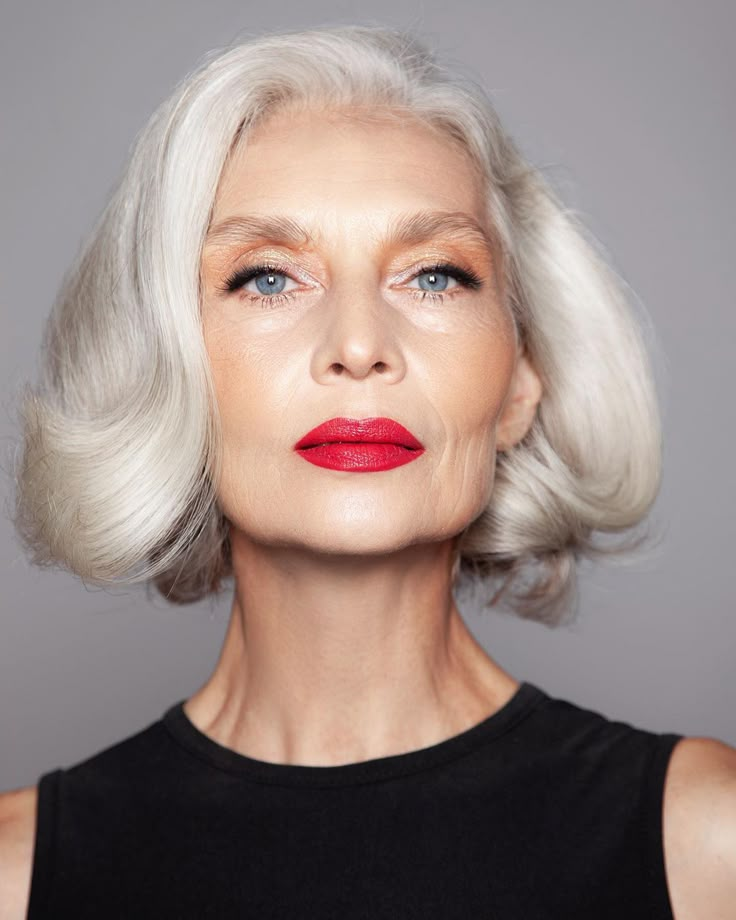
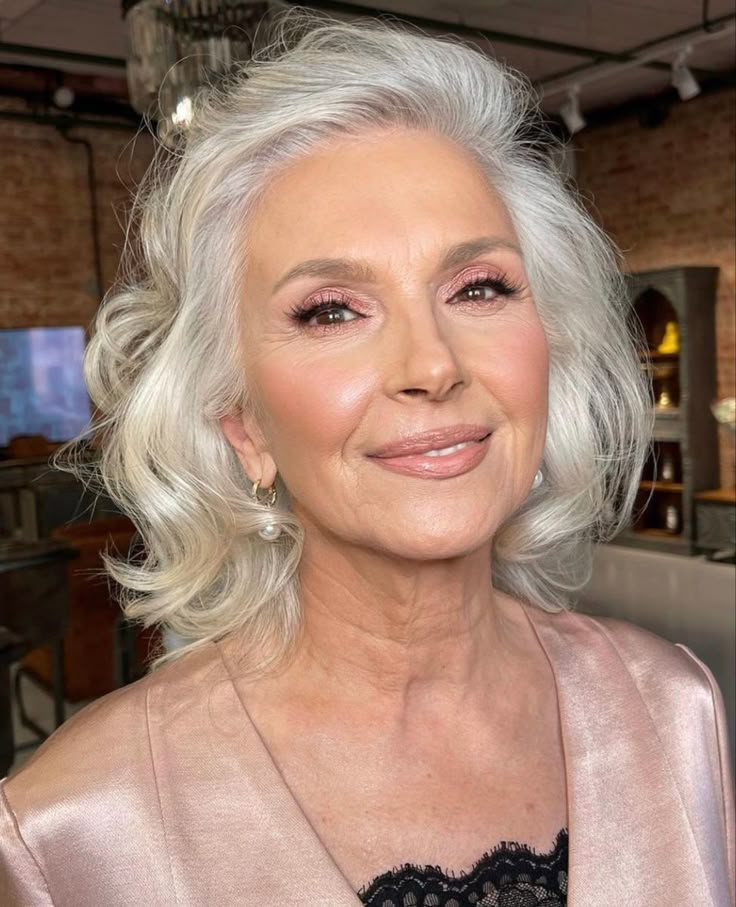
Makeup styles often change depending on age. Each age group has unique skin needs and preferences that affect makeup choices.
Teens usually prefer light and natural looks. They benefit from tinted moisturizers, lip balms, and light mascara. Heavy makeup can clog pores and cause breakouts.
20s and 30s tend to experiment more. They try different colors and products like foundation, blush, and eyeshadow. Skincare is important here to keep skin healthy.
40s and 50s focus on makeup that enhances features without emphasizing wrinkles. Creamy foundations and soft, neutral colors work best. They often use products with skincare benefits.
60 and older usually choose hydrating formulas. Gentle application of blush and lipstick adds a fresh look. Matte powders are avoided as they can settle into fine lines.
| Age Group | Makeup Tips | Common Products |
|---|---|---|
| Teens | Light, natural, avoid heavy products | Tinted moisturizer, lip balm |
| 20s-30s | Experiment with color and style | Foundation, blush, eyeshadow |
| 40s-50s | Use soft tones, skincare benefits | Cream foundation, neutral colors |
| 60+ | Hydrating, gentle colors, avoid powders | Cream blush, moisturizing lipstick |
Makeup should suit the comfort and style of each person, fitting their skin’s needs at every stage of life.
Makeup Removal and Aftercare
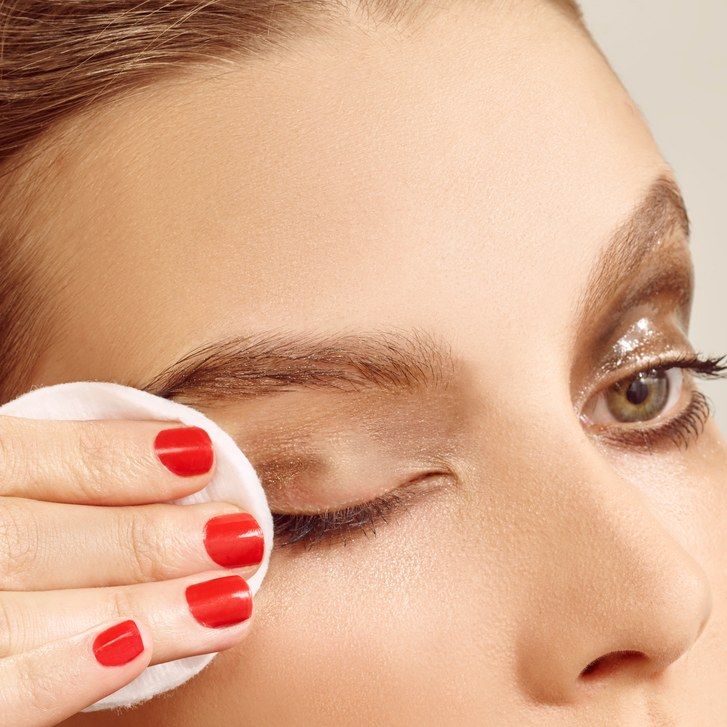
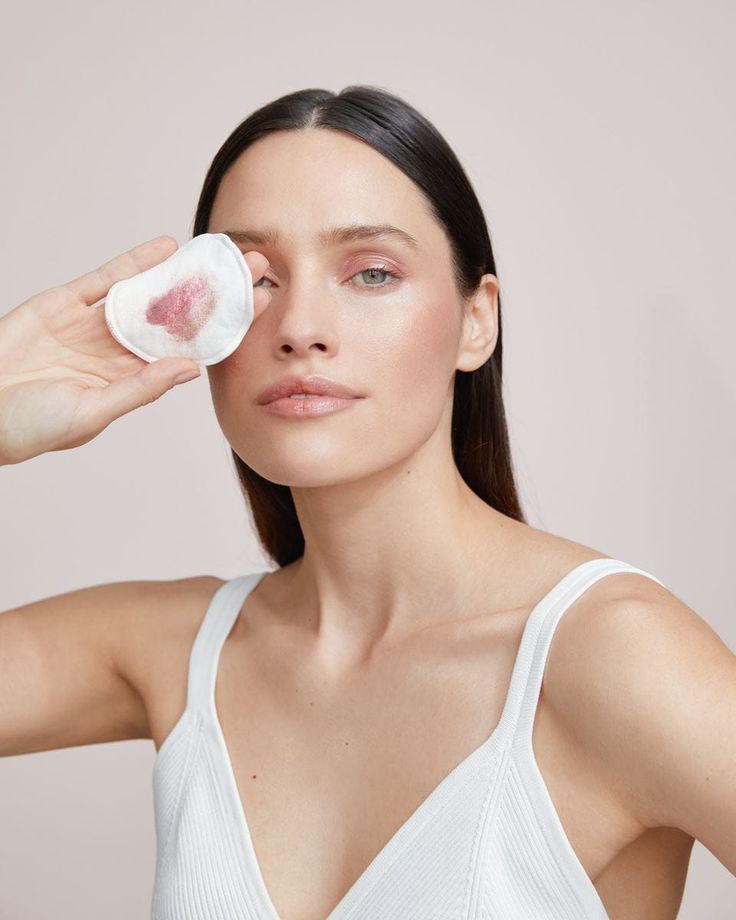
Removing makeup properly helps keep skin healthy and clear. It is important to use a gentle makeup remover suitable for the skin type. Oil-based removers work well for heavy or waterproof makeup. Micellar water is a good option for light makeup.
To remove makeup, start by applying the remover to a cotton pad. Gently wipe the face without rubbing hard. For eye makeup, hold the pad on closed eyelids for a few seconds before wiping. This prevents irritation.
After removing makeup, washing the face with a mild cleanser helps remove any leftover residue. Using lukewarm water is best, as hot water can dry out skin. Pat the face dry with a soft towel instead of rubbing.
Following makeup removal, applying a moisturizer helps maintain skin hydration. Choose a moisturizer according to skin type: lighter formulas for oily skin, richer creams for dry skin. This step nourishes the skin and supports its natural barrier.
Aftercare tips:
| Step | Advice |
|---|---|
| Remove thoroughly | Use gentle remover, avoid scrubbing |
| Cleanse face | Use mild cleanser with lukewarm water |
| Moisturize | Apply skin-type appropriate moisturizer |
| Avoid harsh rub | Pat dry gently with towel |
Proper removal and aftercare prevent clogged pores and irritation. It also helps skin look fresh and healthy.
Sustainable and Cruelty-Free Makeup
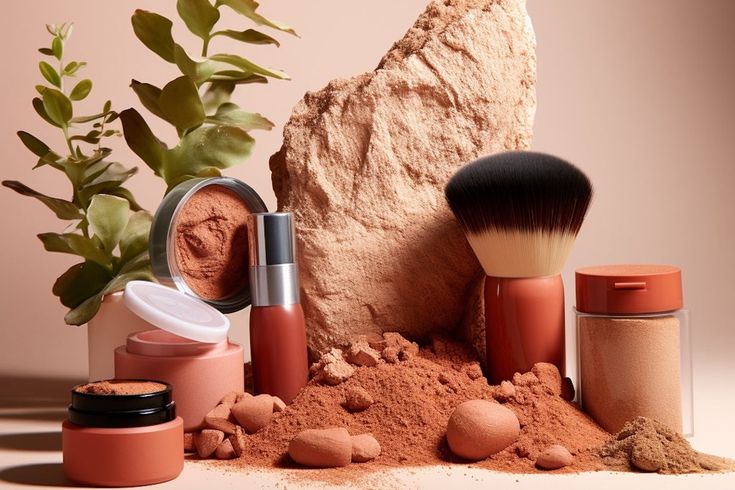
Sustainable makeup focuses on using natural or recycled ingredients and packaging to reduce harm to the environment. Brands create products that use less plastic, biodegradable materials, or refillable containers.
Cruelty-free makeup means the product and its ingredients are not tested on animals. Many companies now get certified by groups like Leaping Bunny or PETA to prove they follow cruelty-free rules.
Consumers often look for these labels on packaging:
| Label | What it Means |
|---|---|
| Leaping Bunny | No animal testing at any stage |
| PETA Certified | Cruelty-free and vegan options |
| Vegan | Contains no animal-derived ingredients |
Sustainable makeup also includes making products that last longer to reduce waste. It encourages buying less but better quality.
Choosing sustainable and cruelty-free makeup supports better care for the planet and animals. It is becoming more popular as more people want to make ethical buying decisions.
Makeup Storage and Hygiene
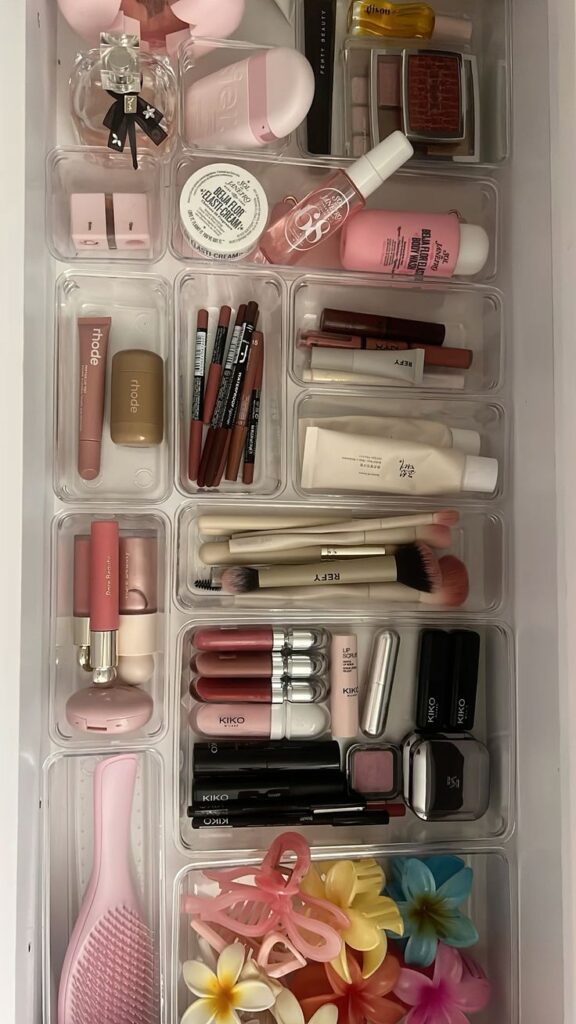
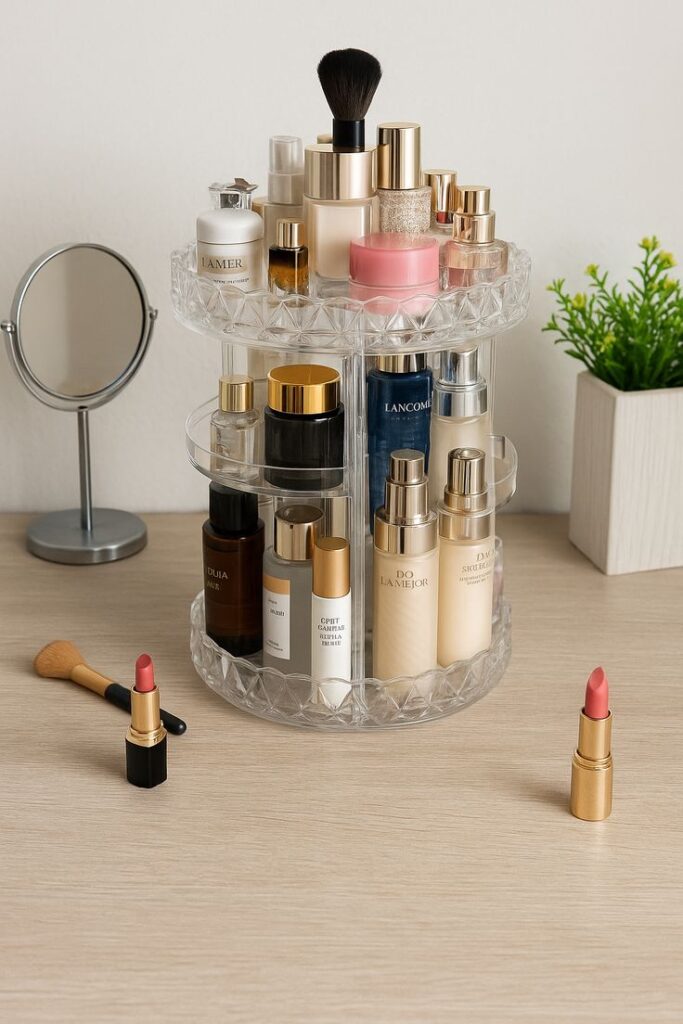
Makeup should be stored in a cool, dry place to keep it fresh. Heat and moisture can cause products to spoil or lose their effectiveness. A drawer or a dedicated makeup organizer works well.
It is important to keep makeup containers closed when not in use. This prevents dirt and bacteria from getting inside. Wiping the outside of containers regularly can also help maintain cleanliness.
Brushes and sponges need special care. They should be cleaned at least once a week to remove oils, dirt, and makeup residue. Using mild soap and warm water is enough to clean them.
Expired makeup can cause skin problems. It is best to check expiration dates and throw away products that are past those dates. Here are common lifespans of makeup:
| Product Type | Expiration Time |
|---|---|
| Mascara | 3-6 months |
| Liquid foundation | 6-12 months |
| Powder products | 1-2 years |
| Lipstick | 1-2 years |
Sharing makeup is not recommended. It raises the risk of skin infections and spreading bacteria.
Using clean hands or tools when applying makeup also helps keep products and skin healthy.
Professional Makeup and Beyond
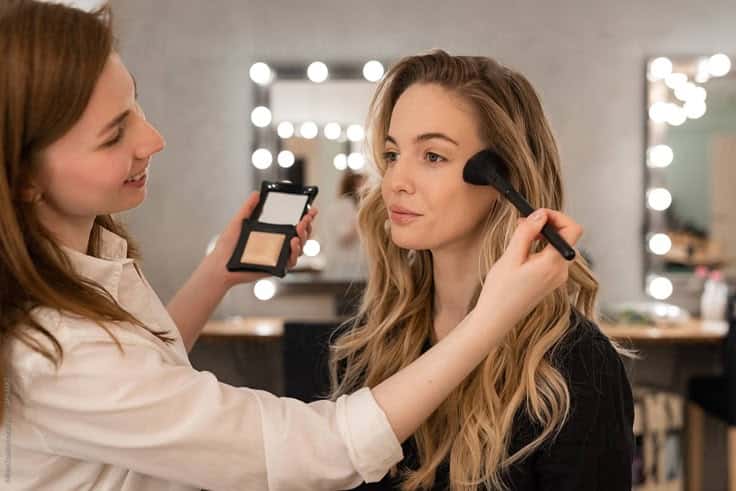
Professional makeup artists use special tools and high-quality products to create looks for film, TV, fashion, and events. They know how to work with different skin types, tones, and lighting to make the makeup last and look great.
These artists often follow a clear routine:
- Cleanse and prime the skin
- Apply foundation, concealer, and powders
- Use color products like eyeshadow, blush, and lipstick
- Finish with setting sprays or powders
Beyond everyday beauty, professional makeup can change how someone looks completely. This includes special effects makeup for movies or theater, which uses prosthetics, paints, and textures to create wounds, age effects, or fantasy characters.
Makeup education is key for pros. Many attend schools or take workshops to learn hygiene, color theory, and face shaping techniques. They also keep up with trends and new products to stay current.
In addition to client work, professionals may work in makeup product development, teaching, or content creation. Their skills go beyond just applying makeup—they understand skin science and artistic design.
Professional makeup is a skill that blends art and science. It helps people present themselves confidently and meet the needs of specific industries.
- 365shares
- Facebook0
- Pinterest365
- Twitter0



